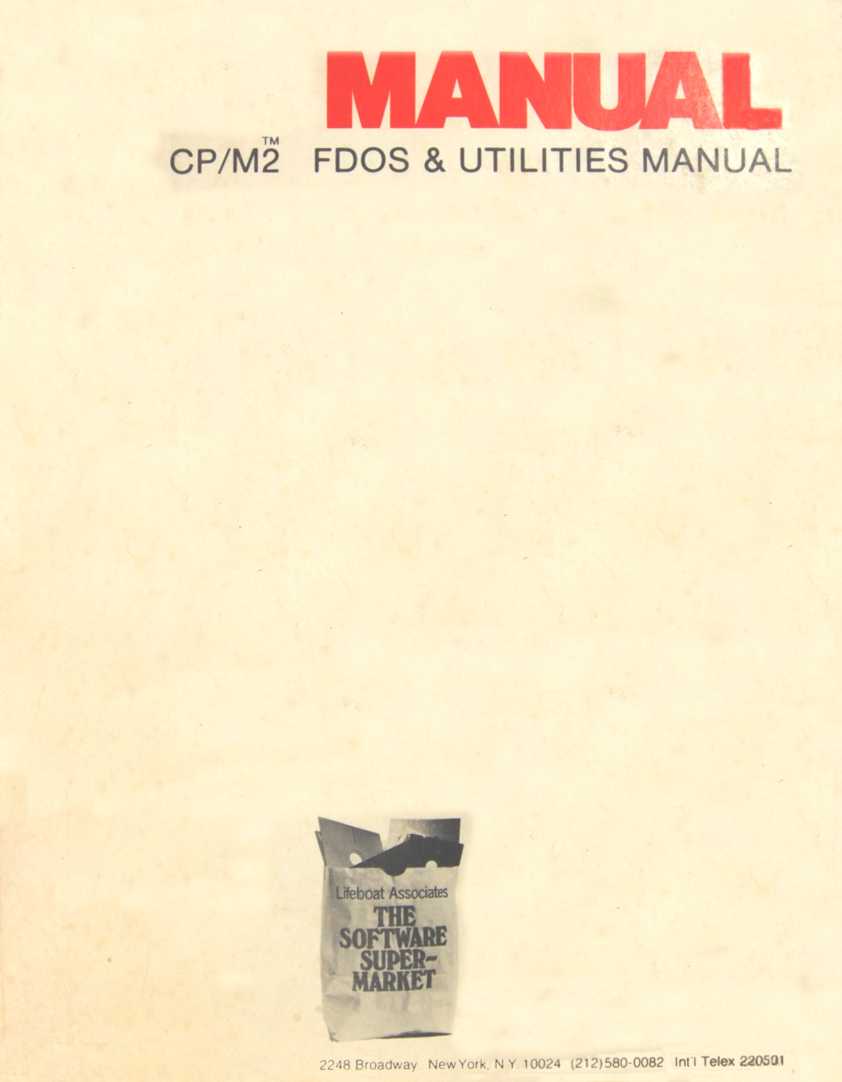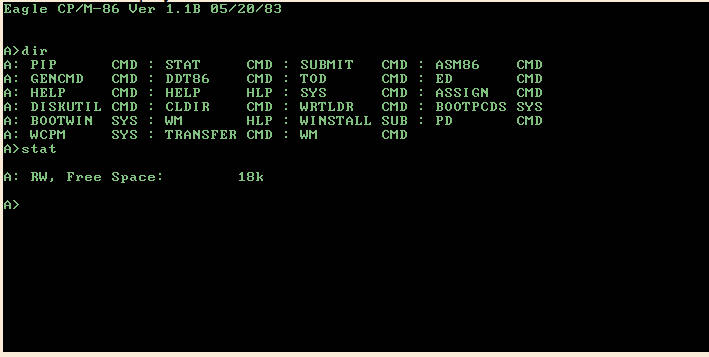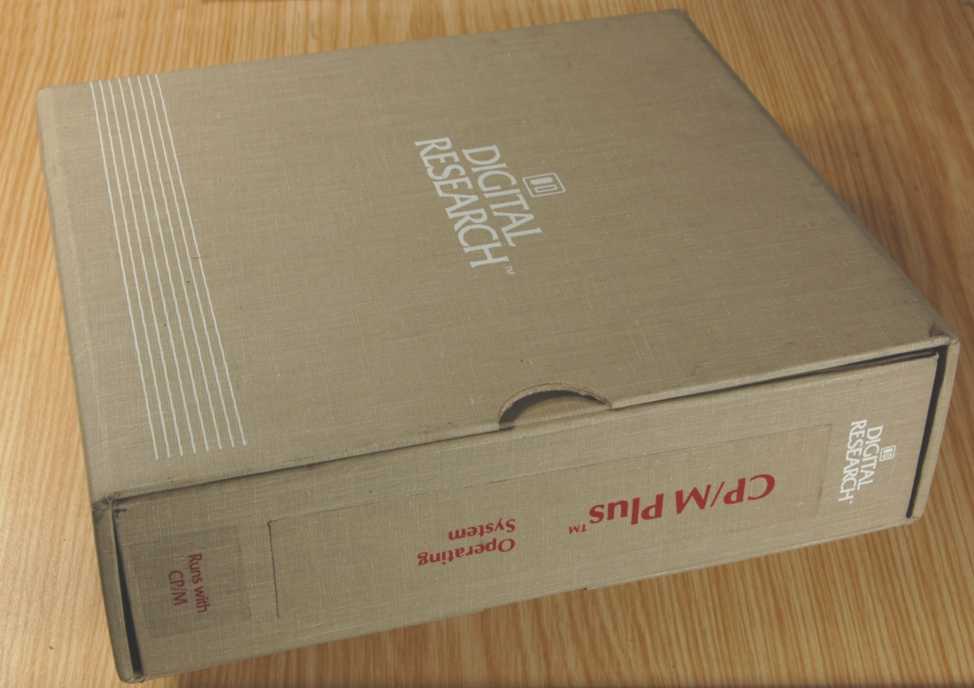| Gary Kildall - CP/M, Digital Research and GEM |
| Written by Harry Fairhead | ||||
Page 2 of 3
CP/MAt this point CP/M might have sunk without trace, and some would say that it deserved to, but by some strange process it started to catch on in the USA. It became the de-facto standard after a number of computer magazines printed a story that it was just that. Most microcomputer users hadn't seen or even heard of CP/M until that moment, but they all felt obliged to seek it out, buy it and thus ensure that it was the de- facto standard. This one product made Digital Research, the company formed in 1976 by Gary Kildall and his wife Dorothy McEwen, the most important microcomputer software company overnight. How Digital Rearch became a success is an even bigger mystery when you realize that the only machine that the CP/M Kildall sold worked on was the Intel development system. A very standard task at that time for programmers wanting to run CP/M was to modify the standard BIOS so that it would work on what ever homebrewed hardware you were working with. Slowly off-the-shelf machines started to support it and you could buy customized version of CP/M. After its initial adoption CP/M dug itself deeper into the fabric of the personal computer. There were one or two attempts to introduce alternative operating systems - Flex, UniFlex, OS/9, Unix, TRS DOS - but a machine that couldn't run the latest CP/M was the exception.
A CP/M 2.2 manual What was CP/M like? If you know MS-DOS then you will recognize much of CP/M. Its command line supported DIR to get a catalog of what was on the disk. ERA to erase a file. There was no need for commands to create or change directory because each diskette had only one main directory containing files. A key command line program was PIP - Peripheral Interchange Program which could be used to copy and move files and even print them. File names were in 8.3 format i.e. an 8 character name followed by a three letter extension.
CP/M
DR did develop other products over the time and Kildall was involved in many of them - particularly DR Logo for CP/M and later the PC. Kildall may have made a good move in producing CP/M, but it was mostly a spin-off from other interests. For example, in 1984 Kildall forming the Activenture division of the company to work on CD-ROM projects such as converting Grolier's Encyclopedia into what we would now call a multi-media production. He wasn't a microcomputer enthusiast and when people at the Lawrence Livermore Labs (a hot bed of enthusiasts!) suggested that he implemented a BASIC for a microcomputer he replied that it was "a stupid idea". The reason was that he still thought of microprocessors as of use only in washing machines and other embedded systems. Of course, Paul Allen and Bill Gates knew otherwise and went on to write just such a BASIC interpreter. As an interesting side light Gordon Eubanks, the implementer of CBASIC the only real alternative to Microsoft BASIC, was a thesis student of Kildall's. Missed OpportunityIf the first most important event in Kildall's career was more of an accident than planned then the second certainly was. It is an apocryphal story that has been told, denied and retold and who knows if it is true or false, but on the basis of the facts and Kildall's known interests it seems reasonable. As well as taking a delight in programming Kildall enjoyed technology - he owned fast and expensive cars and a Pitts special stunt bi-plane. Just like most programmers he liked to fiddle with technological toys and just get away from the strains of managing DR, which had now become an established company. The key time was when IBM were putting together their wholly unremarkable machine, the IBM PC. They had contracted Bill Gates to provide BASIC in ROM and were in the process of signing up DR to provide the operating system in the form of CP/M 86 - a more or less straight port of what now had to be renamed CP/M 80 to make clear the difference. Now we come to the part of the tale that is unclear. The rumor was that on the day that the IBM people wanted to see Kildall to close the deal he was missing and not contactable. The story usually told that he was flying his favorite plane but I have heard a version that says that he was on his ocean-going yacht. It doesn't really matter what he was doing, though it adds spice to the story to think that he was looping the loop at the time that men in blue suits wanted to close the deal, he was missing. Rumor also has it that IBM, almost in a fit of pique, fell into the waiting arms of Bill Gates and Microsoft, who of course promised an operating system as good or better than CP/M even though they didn't have one, had never written one and had no experience in the field at all. How Microsoft managed to actually produce MS-DOS is another, equally strange, story but it is enough to say that they did and DR never really got over the blow. DR Beyond CP/M?After the MS-DOS fiasco DR spent most of its time trying to catch up with or outflank Microsoft. In the operating system field where DR made most of its income, progress was slow. CP/M remained largely unchanged over the years and was very slow to incorporate features that allowed it to handle hard disks.
CP/M Plus - nearly the last of the line It did produce a more advanced multi-user operating system called M/PM which grew into Concurrent DOS and provided the basis for DR-DOS, an operating system that enjoyed a degree of success as a third party operating system alternative to MS-DOS, but this was all UK-based and Kildall seems to have had little to do with it. |
||||
| Last Updated ( Friday, 26 April 2024 ) |



